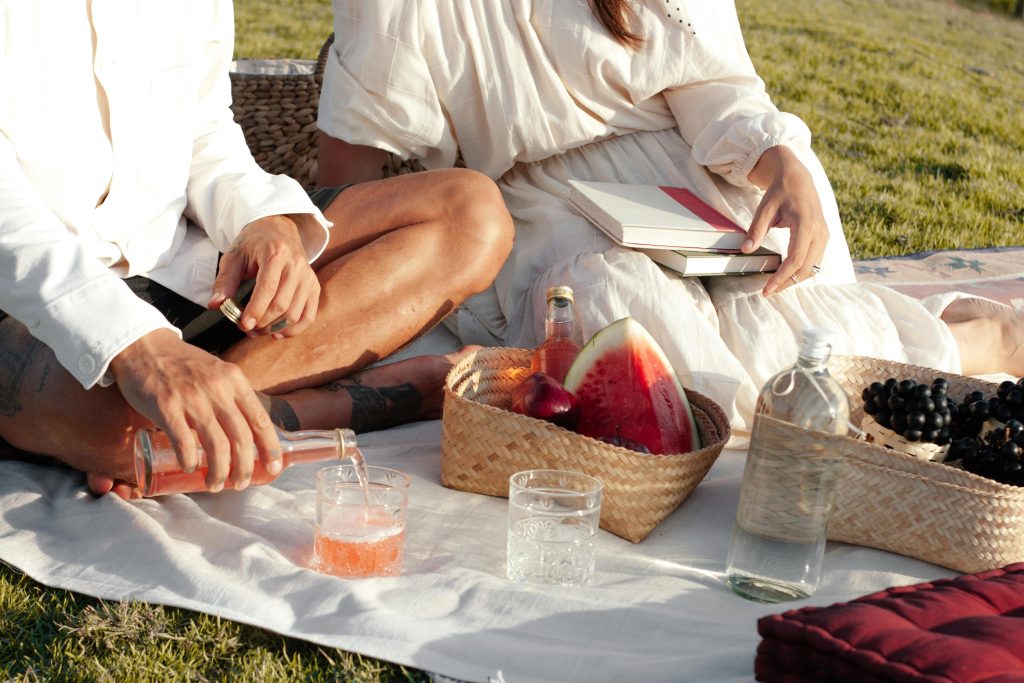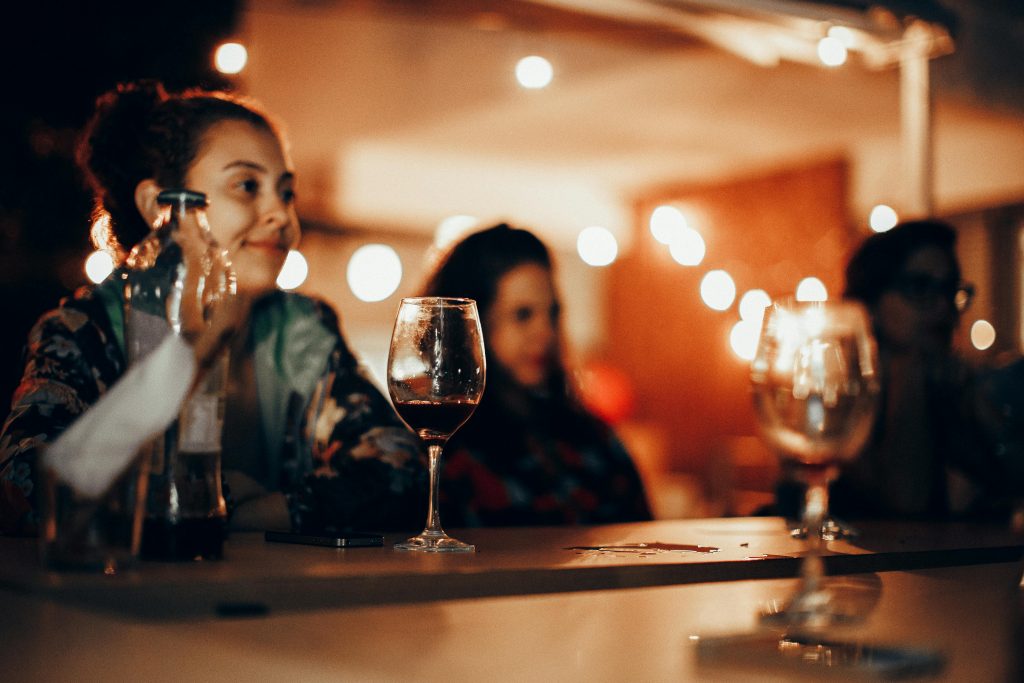
a group of friends in their late twenties gathered around a picnic blanket. Instead of the usual beer cans, they’re sipping wine from eco-friendly bottles. Not just any wine, but sustainable wine. This scene isn’t a rarity anymore. Young adults are redefining the wine industry, one sustainable sip at a time.
The Rise of Sustainable Wines Among the Youth
Wine has always been a symbol of culture and tradition. But now, it’s also becoming a symbol of sustainability and innovation, especially for younger generations. Millennials and Gen Z are not just drinking wine; they’re drinking wine that aligns with their values.

Why the Shift?
Young people today are more environmentally conscious than ever before. Climate change, carbon footprints, and sustainable living aren’t just buzzwords; they’re guiding principles. When it comes to wine, this means choosing bottles that are not only delicious but also kind to the planet.
A survey by Wine Intelligence found that 71% of regular wine drinkers aged 21-39 are willing to pay more for sustainably produced wine. That’s a significant number, showing a clear preference for eco-friendly options.
What Makes a Wine Sustainable?
Before we dive deeper, let’s unravel what “sustainable wine” actually means. It’s more than just a label; it’s a philosophy that encompasses various practices aimed at reducing environmental impact.
Organic Wines
Organic wines are made from grapes grown without synthetic pesticides or fertilizers. This means healthier soil, cleaner water, and a better environment overall.
Biodynamic Wines
Biodynamic farming takes organic practices a step further. It involves a holistic approach, treating the vineyard as a self-sustaining ecosystem. Farmers follow lunar cycles and use natural preparations to enhance soil fertility.
Natural Wines
Natural wines are made with minimal intervention. Winemakers use native yeasts for fermentation and avoid additives. The result is a wine that’s as close to the grape as you can get.
Sustainable Certifications
Various certifications ensure that wineries follow sustainable practices. These include the Certified California Sustainable Winegrowing and the LIVE Certified Sustainable Wine programs.
Innovative Trends Fueling the Movement
So, what innovative trends are young people embracing in the sustainable wine scene?
Alternative Packaging
Gone are the days when wine only came in heavy glass bottles. Young consumers are open to cans, boxes, and even paper bottles.
- Canned Wines: Easy to transport and perfect for outdoor activities. Plus, aluminum cans are highly recyclable.
- Boxed Wines: Less packaging waste and a lower carbon footprint during transportation.
- Paper Bottles: Companies like Frugalpac are introducing paper wine bottles that are recyclable and significantly lighter than glass.

Low-Intervention Winemaking
There’s a growing appreciation for wines made with minimal technological intervention.
- No Added Sulfites: While sulfites are a natural byproduct of fermentation, many winemakers add more to preserve the wine. Low-intervention wines avoid this.
- Wild Fermentation: Using naturally occurring yeasts adds unique flavors and reflects the terroir more authentically.
Tech and Transparency
Apps like Vivino allow users to scan wine labels and get detailed information, including sustainability practices. This transparency empowers young consumers to make informed choices.
The Social Media Effect
Social media plays a significant role in spreading the word about sustainable wines.
- Influencer Partnerships: Brands collaborate with eco-conscious influencers to reach a wider audience.
- Hashtags and Challenges: Campaigns like #WineWednesday promote sustainable choices.
- Virtual Tastings: During the pandemic, virtual wine tastings became popular, often highlighting sustainable wines.
The Economic Impact
Choosing sustainable wines isn’t just good for the planet; it’s also influencing the economy.
- Supporting Small Producers: Many sustainable wines come from small, independent wineries.
- Job Creation: Sustainable practices often require more hands-on work, creating jobs in local communities.
Challenges Ahead
While the trend is growing, there are hurdles.
Higher Costs
Sustainable wines can be pricier due to more labor-intensive practices. However, as demand increases, prices are expected to become more competitive.
Certification Confusion
With multiple certifications and labels, consumers can get overwhelmed. Education is key to helping young buyers make informed choices.

Tips for Young Wine Enthusiasts
If you’re a young adult looking to dive into sustainable wines, here are some tips.
- Do Your Research: Use apps and websites to learn about the winery’s practices.
- Start Local: Explore sustainable wineries in your region to support local businesses.
- Ask Questions: Don’t hesitate to ask your local wine shop for recommendations on sustainable options.
- Experiment: Try different types of sustainable wines—organic, biodynamic, natural—to see what you enjoy.
The Future Looks Green
The welcoming of sustainable wines by young people is more than a passing trend; it’s a shift towards a more responsible and conscious way of enjoying one of the world’s oldest beverages.
Winemakers are listening. They’re innovating, adapting, and meeting the demands of a generation that values the planet as much as the pleasures of a good glass of wine.
So next time you’re choosing a bottle, consider going sustainable. Not only will you be treating your taste buds, but you’ll also be making a choice that’s good for the Earth.
[…] Value, Fostering Innovation.” In simpler terms, this means participants will talk about how to make the wine industry more sustainable, adaptable, and forward-thinking. If you’re curious about new ways to farm grapes sustainably, […]